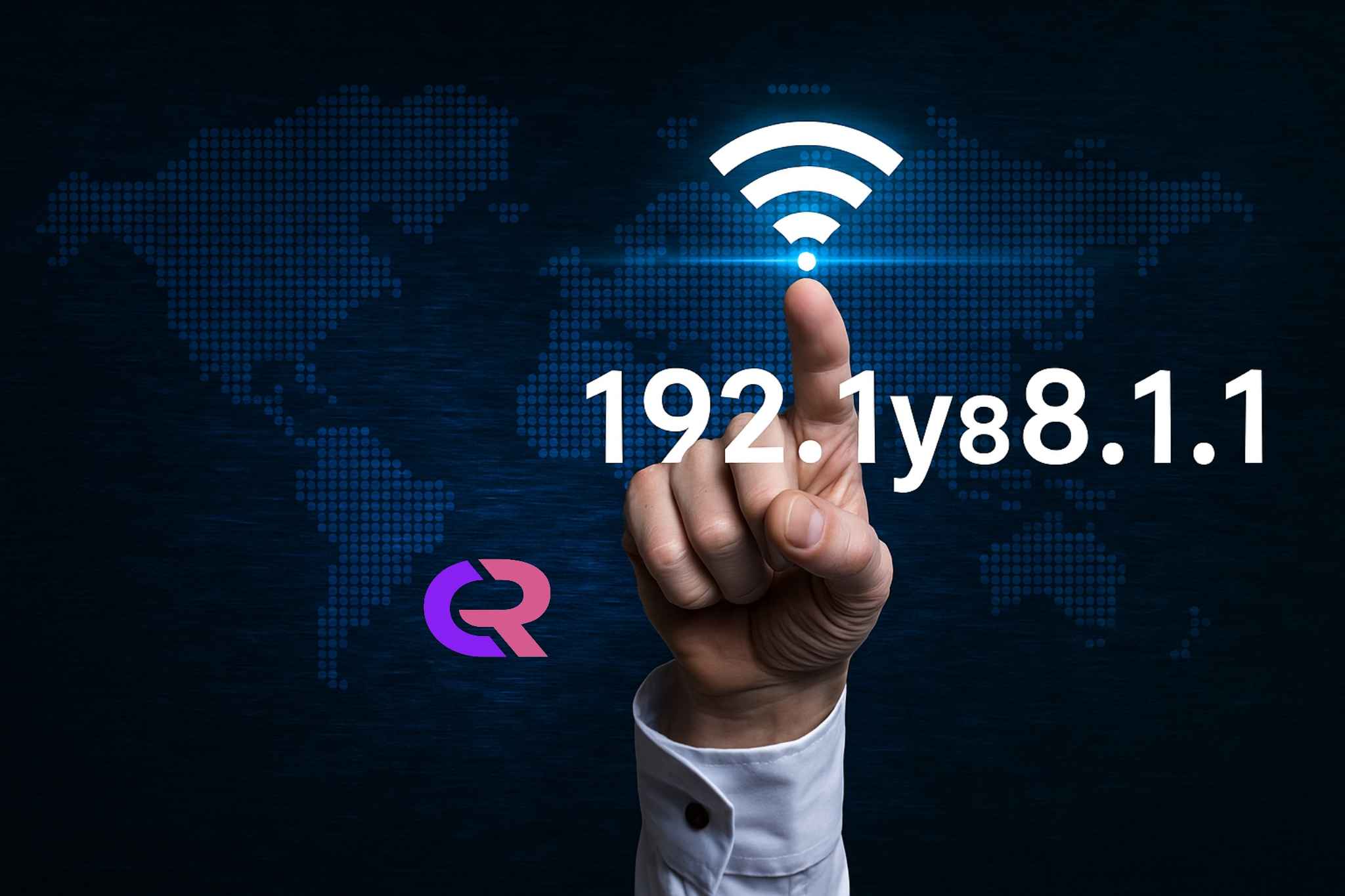192.1y8.1.1 explained clearly for smarter network access
Understanding IP addresses is essential to controlling your network. The keyword 192.1y8.1.1 has gained attention among users trying to manage routers or access admin panels. But here’s the catch—it’s not a valid IP address. It looks close to something usable, but it’s not. So what’s going on, and why do people keep searching for it?
Let’s unpack the confusion and show you what it really means, how it’s often misused, and what to do instead.
Why users look up 192.1y8.1.1
Most searches for 192.1y8.1.1 come from users trying to access a router login page. Typically, users want to change Wi-Fi settings, update firmware, or secure their connection. But when they type in 192.1y8.1.1, the browser throws an error. Why?
Because it includes a letter—“y”—which invalidates the format of an IP address. IPv4 addresses are made up of numbers and dots only. A valid IP would look something like 192.168.1.1, which is a commonly used default gateway for routers.
The real IP you’re probably looking for
It’s easy to mistake 192.1y8.1.1 for 192.168.1.1. Just one character off, and you go from a working address to a dead end. The correct IP, 192.168.1.1, is often used by brands like Linksys, Netgear, TP-Link, and others to provide access to their admin dashboards.
So if your browser isn’t opening anything when you enter 192.1y8.1.1, it’s because you’re using an invalid address. The correct one won’t have letters, and it will follow standard format rules.
What happens when you enter 192.1y8.1.1
Typing it into your browser’s address bar leads to nothing. You’ll either get a DNS error or an “invalid address” page. That’s because the address violates the numerical-only rule of IPv4. Your browser cannot interpret the request, so no connection is established.
If you’re troubleshooting a home network, avoid wasting time on invalid addresses like 192.1y8.1.1. Focus on finding your actual default gateway instead.
How to find your real default gateway
If you’re unsure what your router’s IP is, you can easily find it.
On Windows, open Command Prompt and type ipconfig. Look for “Default Gateway.” That’s your real IP.
On macOS, go to System Preferences > Network > Advanced > TCP/IP. You’ll see the router IP there.
It’s typically something along the lines of 192.168.0.1 or 192.168.1.1. Not 192.1y8.1.1.
Why 192.1y8.1.1 keeps showing up online
There are a few reasons this invalid IP keeps getting attention. First, it’s a common typo. The string “1y8” is a close match to “168,” which is frequently used in private networks. Second, some fake websites or SEO traps use keywords like 192.1y8.1.1 to attract traffic. These sites often provide little to no help, which only adds to the confusion.
That’s why it’s important to rely on clear, accurate information—not just copy-pasted lists or outdated help threads.
Don’t confuse it with custom IPs
Some advanced users assign custom IPs to devices on their network. But even in these cases, letters like “y” aren’t allowed. Whether static or dynamic, every IPv4 address sticks to the same format: four sets of numbers, each between 0 and 255, separated by periods.
So no, it isn’t valid—even for experts. If you’re configuring a device manually, double-check your entries. One typo can block access entirely.
What to do if you’re locked out of your router
Many users who search for 192.1y8.1.1 are trying to log into their router’s admin panel but hit a wall. If that’s you, here’s the smart move:
Use ipconfig or system preferences to find your default gateway. Type it into your browser. If you’re prompted for a username and password, and you don’t remember them, check the label on the back of your router. If that fails, reset your router to factory settings using the physical reset button.
The keyword 192.1y8.1.1 won’t help you here. Stick to verified, functioning IPs instead.
Understanding private IP address ranges
The reason IPs like 192.168.1.1 work is because they fall into reserved private IP ranges defined by the Internet Assigned Numbers Authority (IANA). These ranges are:
- 10.0.0.0 to 10.255.255.255
- 172.16.0.0 to 172.31.255.255
- 192.168.0.0 to 192.168.255.255
It doesn’t fall into any of these because it’s not a valid address. Always check whether the IP you’re using fits within a private range when setting up devices or home networks.
Common alternatives that actually work
The most frequently used IPs for router access include:
- 192.168.1.1
- 192.168.0.1
- 10.0.0.1
These are default IPs for different brands and are guaranteed to work if you’re on the correct network. Unlike it, they will load your login page or device interface.
How to avoid mistakes like 192.1y8.1.1 in the future
Use bookmarks. Once you find your correct router login IP, bookmark it. That way, you won’t mistype it again.
Label your devices. If you manage more than one network, keeping track of IPs helps you avoid confusion.
Don’t trust everything you see online. Sites that mention 192.1y8.1.1 are often recycling wrong data or scraping content. Use trusted resources.
Final verdict on 192.1y8.1.1
Let’s be clear. It’s not a valid IP address. It won’t help you access your router, fix your internet, or configure any hardware. It’s a typo. A misleading keyword. A non-working address that leads nowhere.
What you need is the correct IP, accurate steps, and a reliable source of information. That’s what helps you fix problems and take control of your network.
So next time you come across it, remember what it is: a dead end. Look for your actual IP and move forward with confidence.
Visit for more article – Casioreplica.com







